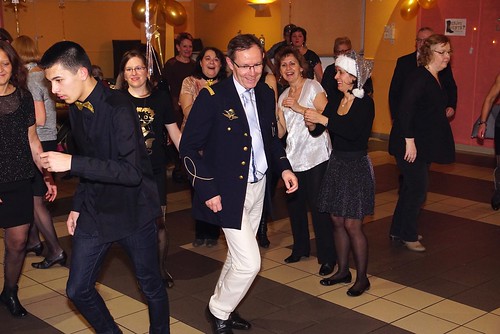Mice were adoptively transferred with P14 transgenic T-lymphocytes bearing different Thy genotypes (Thy one.one/one.two versus Thy 1.one/1.1) before (pre-SIRS) and right after SIRS/sepsis induction (put up-SIRS). Ten times soon after SIRS/ sepsis mice have been infected with Listeria monocytogenes expressing the GP33 peptide. CD8+ T cell response was examined on day 7 publish-infection two h soon after i.v. injection of .five or 5 mg GP33 peptide. (B) Transgenic, GP33 particular CD8+ T-lymphocytes adoptively transferred just before (pre-SIRS) or after (submit-SIRS) the SIRS insult are discriminated on the basis of their distinct Thy OT-R antagonist 1 distributor genotype. (C) 2 h following injection of five mg GP33 peptide, animals ended up sacrificed and IFNc or (D) TNFa creation in CD8+ pre-SIRS or post-SIRS P14 T-cells was assessed by flow cytometry. (E) IFNc and (F) TNFa production in CD8+ P14 T-cells after in vivo injection of a lower dose of .five mg GP33 peptide. (G) Area expression of CD69 or (H) CD25 was assessed by FACS investigation in the identical lymphocyte populations. Data are introduced as mean + SEM (4-5 mice/group [C, D, G, H], two mice/group [E, F]).
As judged by the sturdy fractional response of all P14 T-cells in the variety of 5075%, depending on the readout, we approximated that the i.v. dose of 5 mg GP33 used to activate effector P14 cells may be around to saturation. To avoid missing variances in lymphocyte responses at reduced, non-saturating antigen dosage we repeated the experiment making use of a ten-fold lower antigen load. As envisioned, the fraction of P14 T-lymphocytes responding to a dose of .five mg GP33 was decrease than prior to, lying in the range of 305% of all P14 cells (Fig. 3E, F). However, similar to the scenario when 10-fold increased dose of peptide was used, the cytokine reaction of P14 lymphocytes to .five mg/g GP33 was not compromised by a prior episode of SIRS or sepsis (Fig. 3E, F). Expression of the early T-mobile activation markers CD69 and CD25, was also enhanced in P14 T-cells in all experimental backgrounds, although in this situation, a reasonably weaker accumulation of floor CD69 (Fig. 3G) and CD25 (Fig. 3H) was detected in T-cells from CpG-dealt with animals. Importantly, since this dampened reaction was apparent in equally the “pre-sepsis”  and “post-sepsis” P14 populations, we deduced that this shortcoming in early Tcell activation was not a consequence of the acute SIRS episode but was rather triggered by resident environmental cues in the put up-acute sepsis/SIRS animals. Having all conclusions with each other we concluded that T-cells mostly preserved the basic capability to reply to an antigenic challenge at post-acute stages of SIRS or sepsis, as judged by their unperturbed cytokine reaction.
and “post-sepsis” P14 populations, we deduced that this shortcoming in early Tcell activation was not a consequence of the acute SIRS episode but was rather triggered by resident environmental cues in the put up-acute sepsis/SIRS animals. Having all conclusions with each other we concluded that T-cells mostly preserved the basic capability to reply to an antigenic challenge at post-acute stages of SIRS or sepsis, as judged by their unperturbed cytokine reaction.
In vivo stimulation of T-cells via injection of antigenic peptides is10973989 a robust assay for sampling the common and basic capability of the adaptive immune method to mount a reaction to an infectious threat. Considering that our results illustrated a largely unaltered response of effector T-cells to in vivo re-stimulation with antigen for the duration of publish-acute sepsis, it followed that antigen knowledgeable T-cells from put up acute SIRS/sepsis had been most probably not inherently compromised in their capability to react to an antigenic problem. Considering that this principle contrasts to the noted malfunction of T-cells in acute sepsis [31, 32], we wished to underpin this notion by carrying out a similar two-hit experiment as ahead of, but culminating with an ex vivo stimulation of endogenous effector T-cells in spleen homogenates (Fig. 4A). In this environment preliminary T-cell activation, effector T-mobile era and expansion move forward in vivo in reaction to LCMV an infection, even though the closing antigenic stimulus is applied ex vivo beneath controlled problems. The LCMV peptides GP61 and GP33 ended up utilized to challenge GP61- and GP33-distinct effector CD4+ and CD8+ Tcells, respectively.